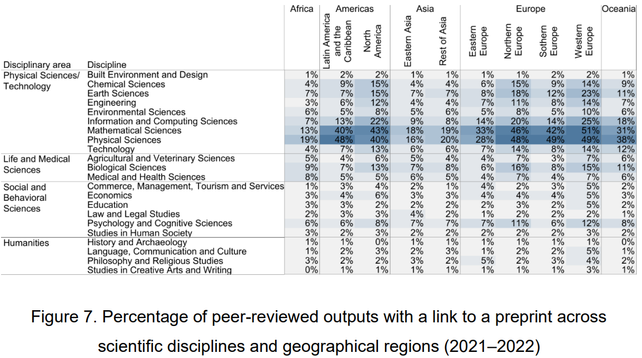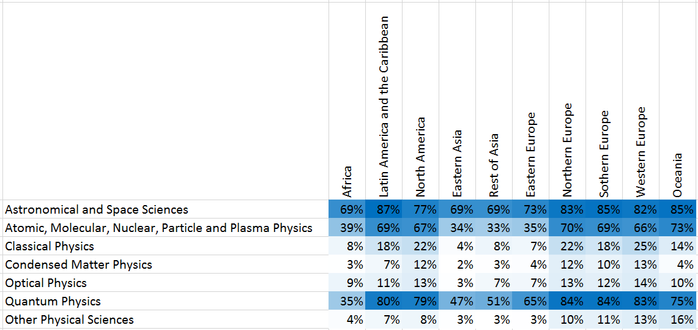Preprinting helps accelerate dissemination of scientific knowledge. To what extent do researchers adopt preprinting? And how does this vary by discipline and region?
Together with Narmin Rzayeva and @stephenpinfield, I just published an article answering these questions. https://osf.io/preprints/socarxiv/xdwc4_v2

